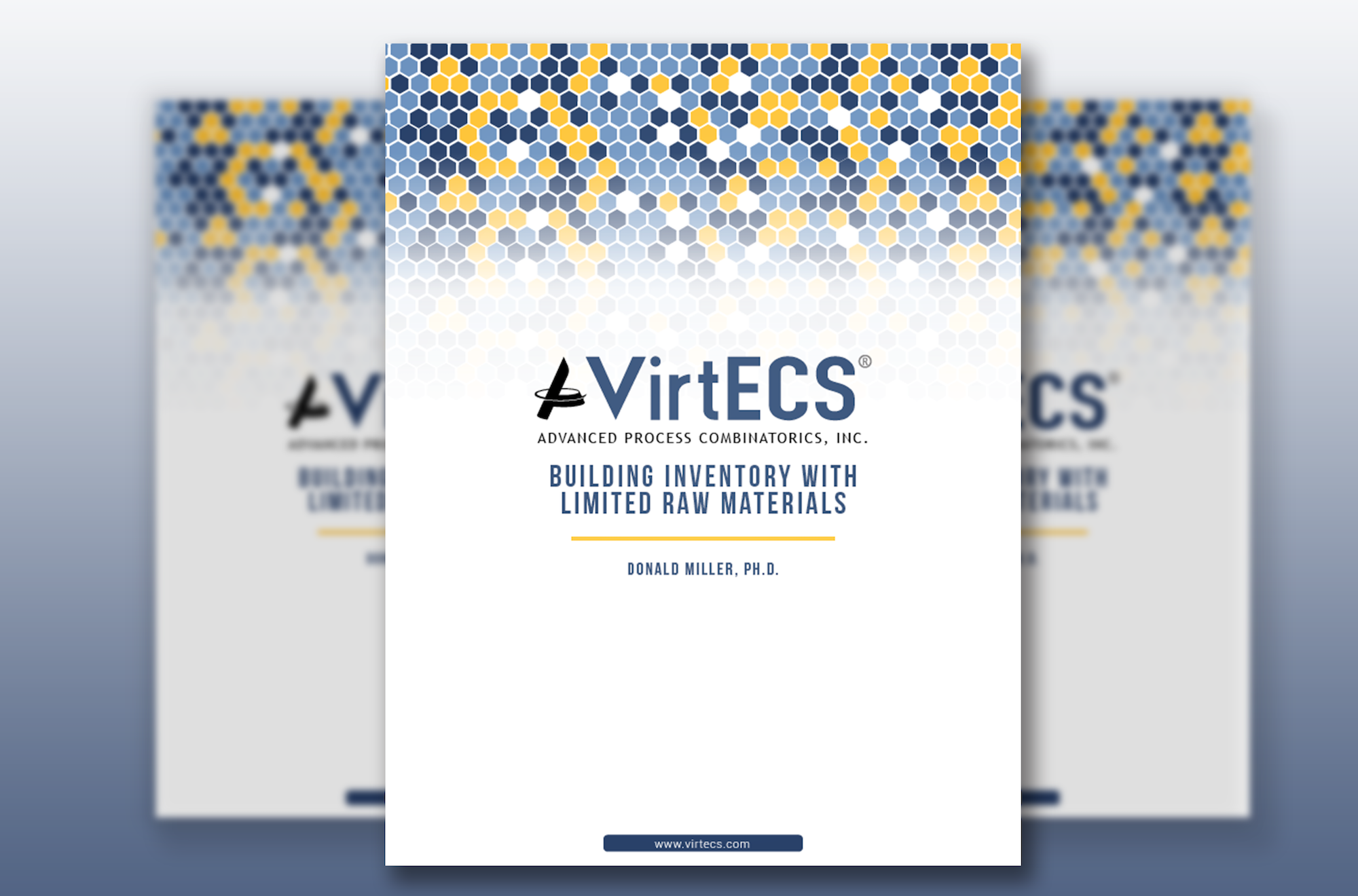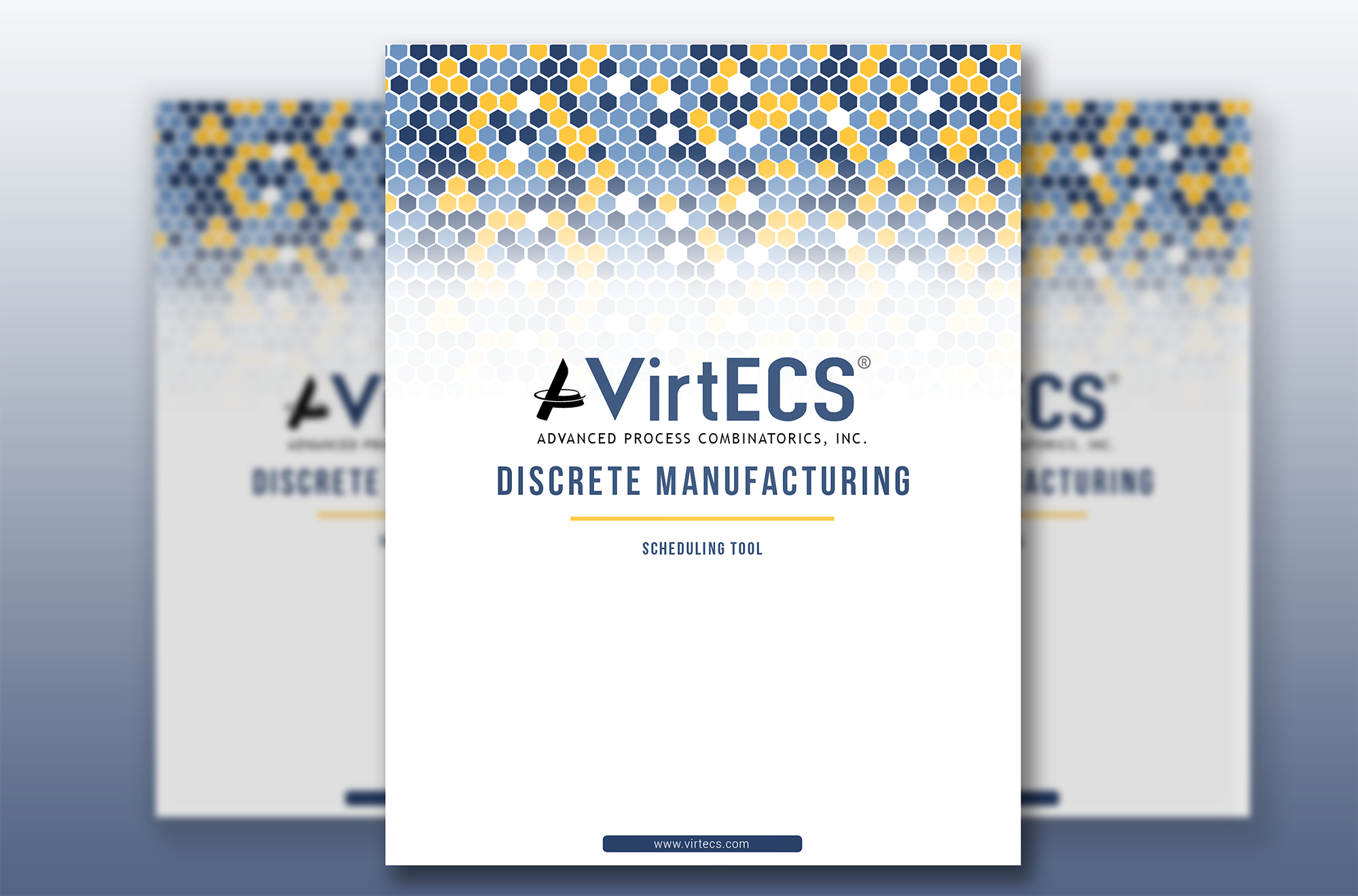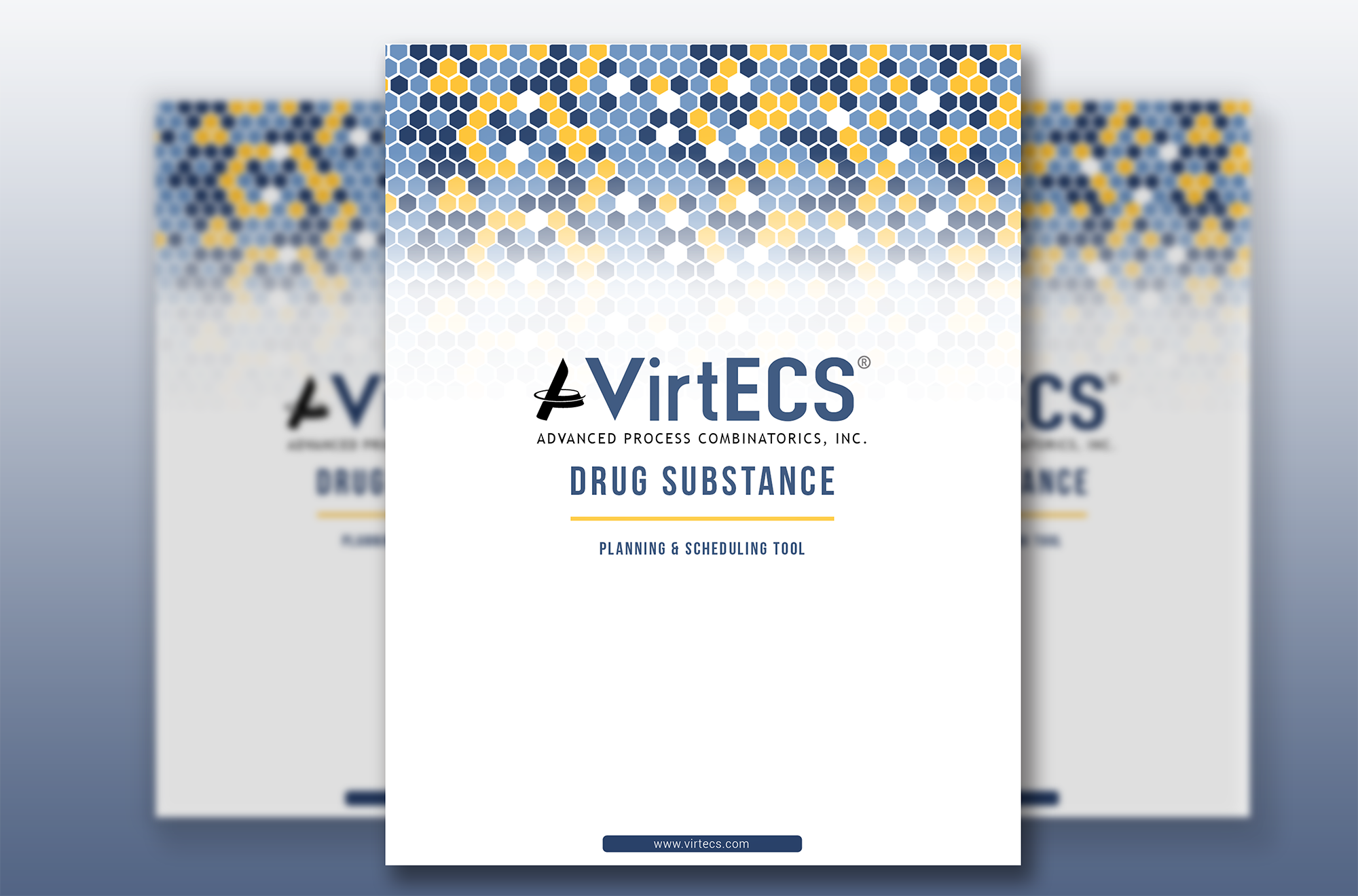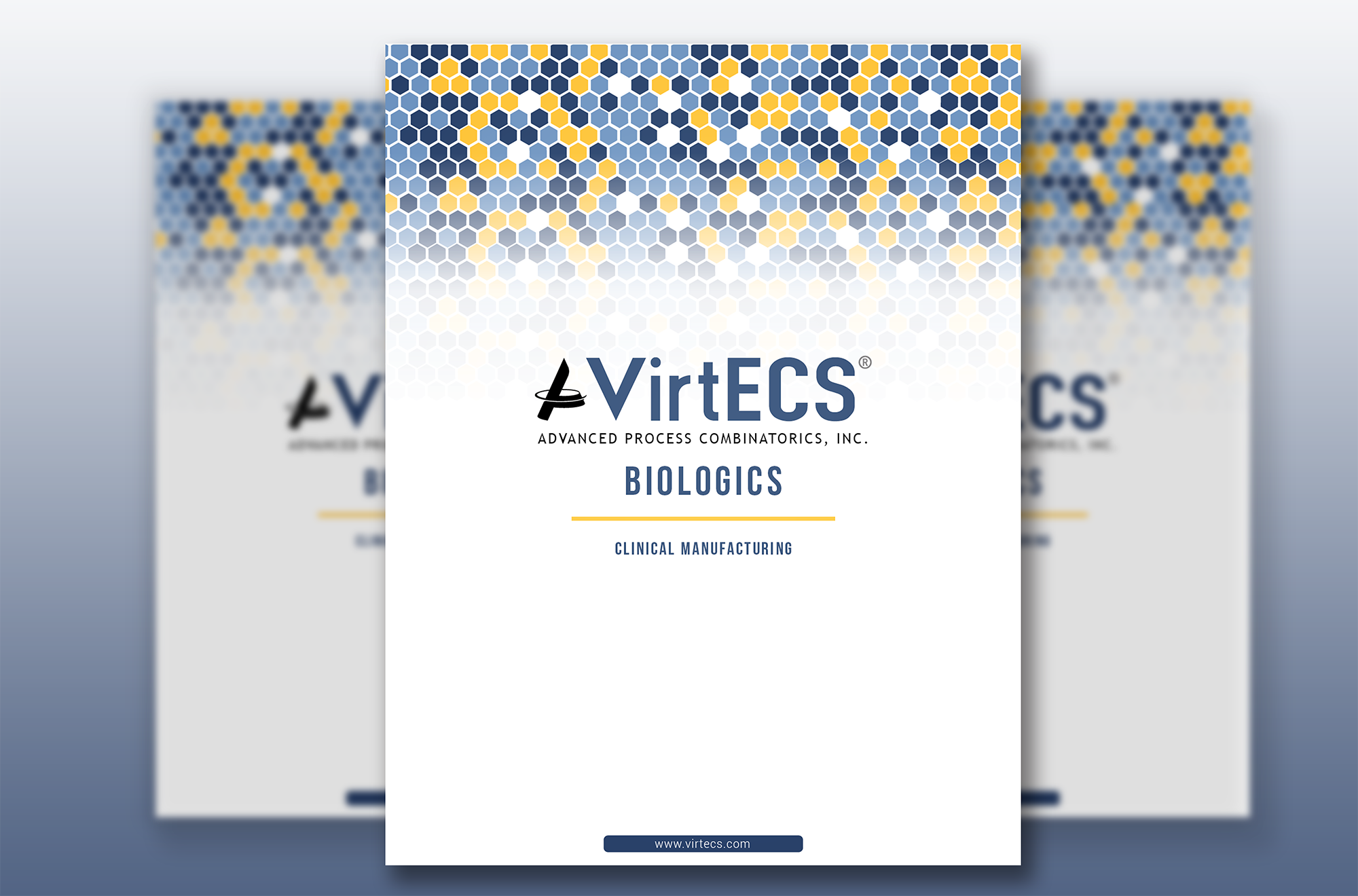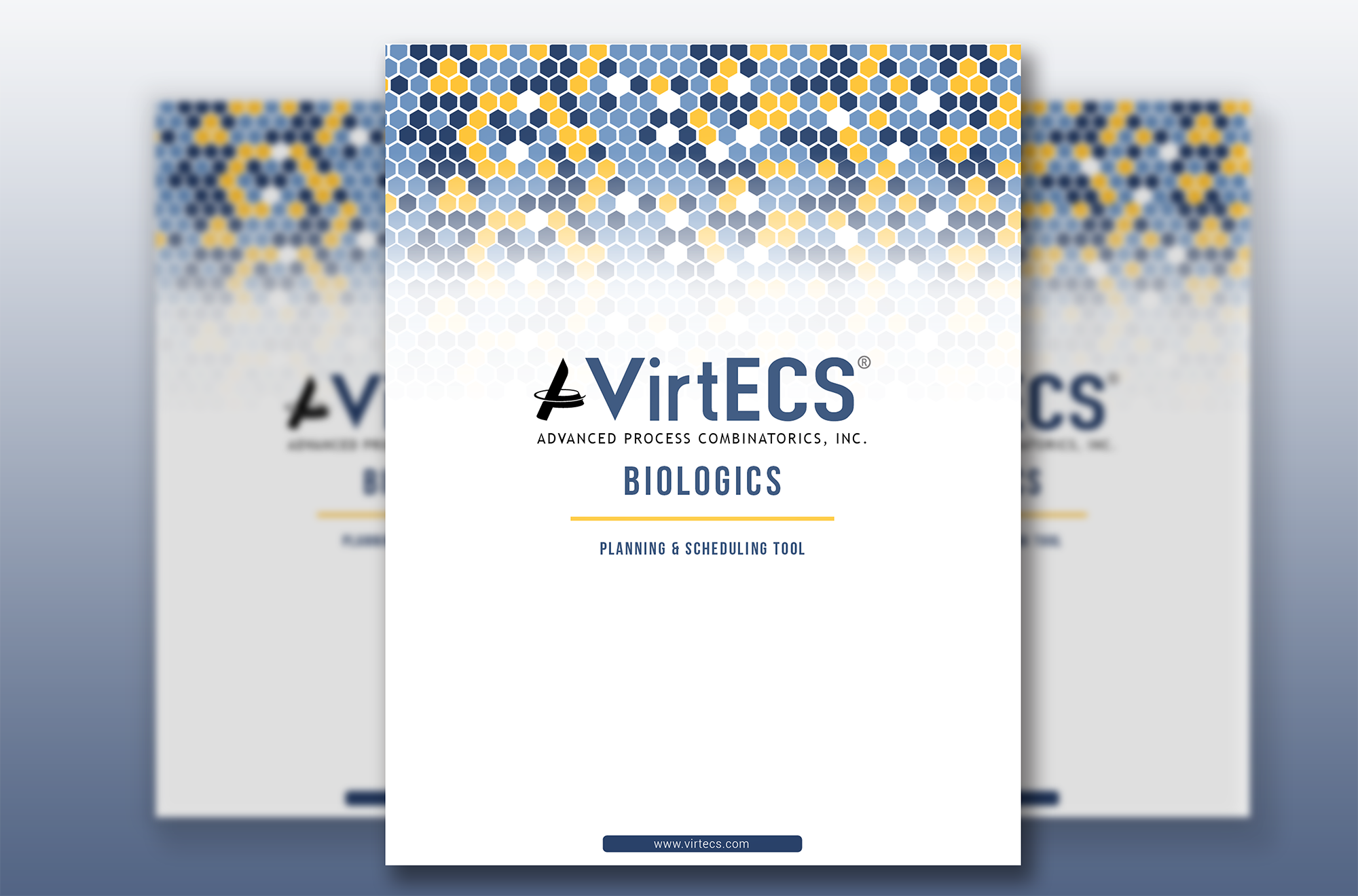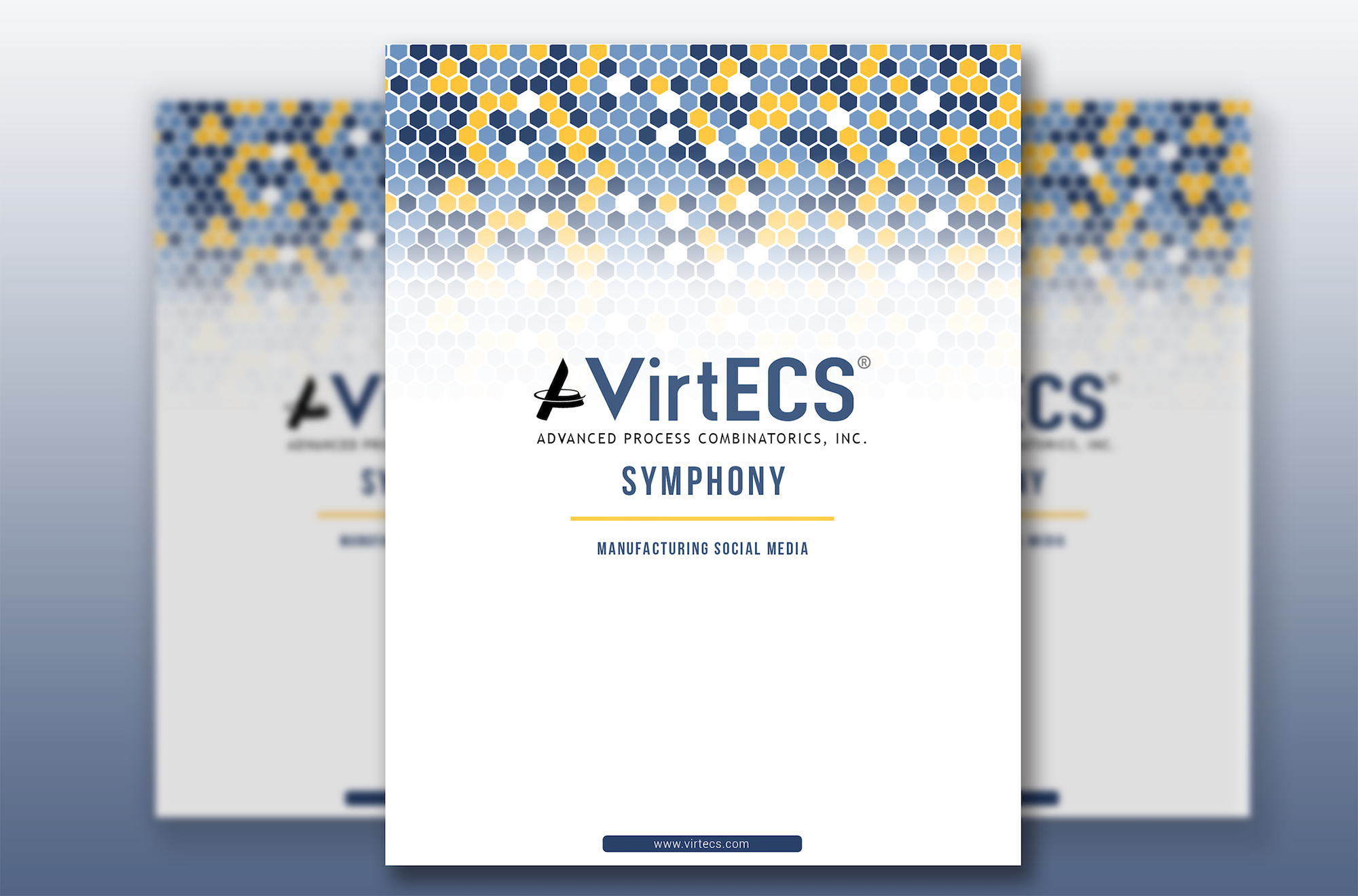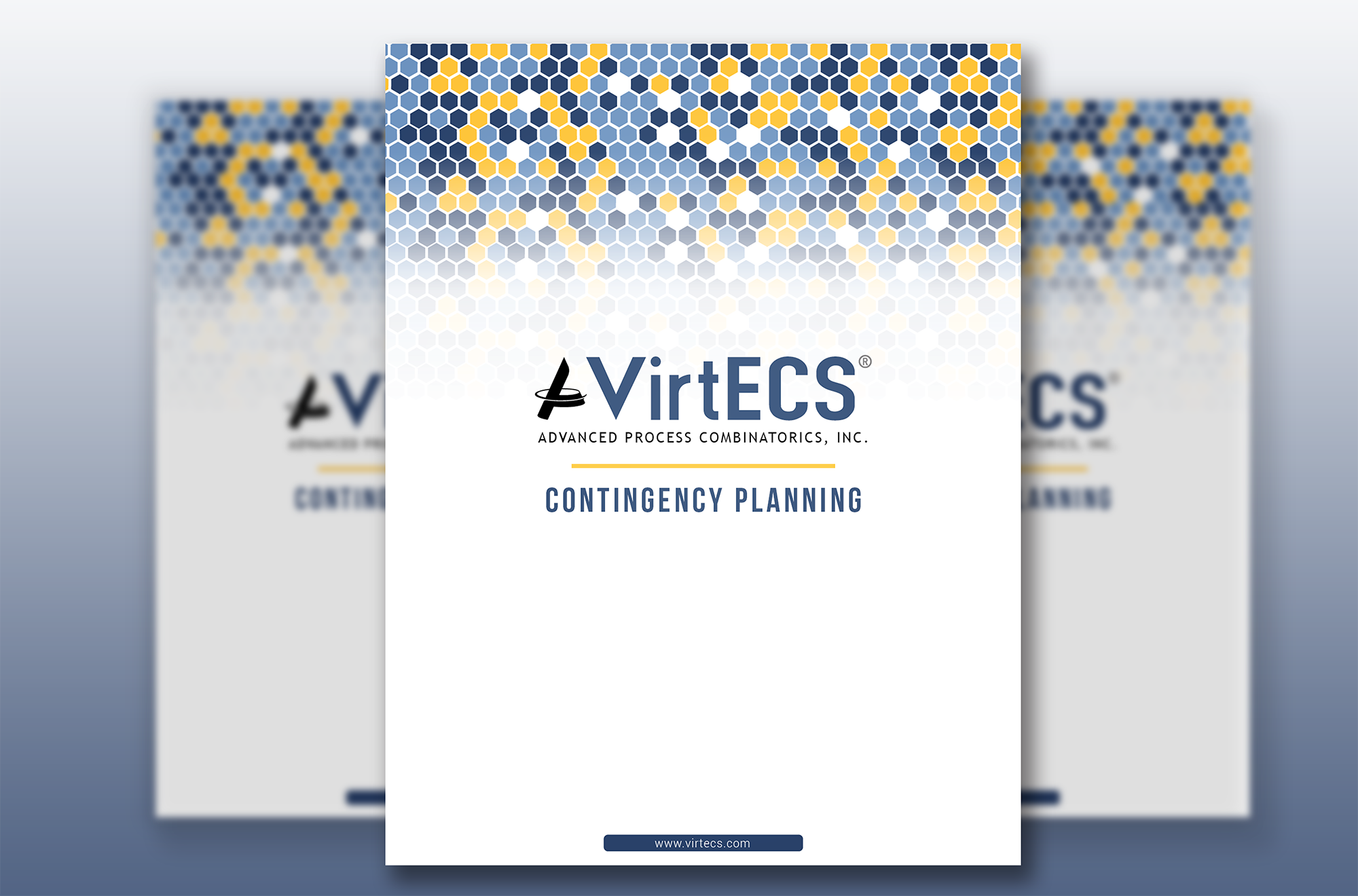Pharmaceutical companies have seen significant growth in revenue since 2020. For these future-thinking companies, it is important to reinvest funds into their facilities to add resources and new capabilities to fuel continued innovation. Currently, Goldman Sachs estimates that the global pharmaceutical industry could see up to $700 billion in acquisitions and investments in the coming years.
In recent months, many of the world’s largest pharmaceutical manufacturers announced investments into expanding production or improving their facilities. Denmark-based Novo Nordisk has begun investing $2.3 billion to expand capacity at their plant in Hillerød. Novartis, based out of Switzerland, plans to invest $300 million into operations at several of their European sites to support their push into biologics medicines. In the US, Eli Lilly will spend $450 million to increase production of diabetes medicine in North Carolina, while also adding $1.6 billion to their site in Indiana.
When spending millions or even billions of dollars, even small optimizations can lead to significant financial gains for pharmaceutical manufacturers. Keep reading to discover how digital twin technology can optimize plant expansion investments to add flexibility and increase efficiency.
Optimizing Investment for Flexible Future Circumstances
For most companies, the overarching goal of major capital investments is to increase production to meet consumer demand or add the ability to produce new products. These projects may take years to come to fruition, and as such, they are often subject to change based on market conditions.
To account for variable conditions, the shrewdest investment strategies allow for flexibility within the facility. When investing in a site expansion, the added capacity should be designed to adapt to new processes, technologies, or product portfolios that become a priority in the future. This method allows organizations to pivot quickly to follow changes to consumer demand or adjust to take on production for new medicines without additional added capacity.
With a powerful virtual model, also known as a digital twin, plants can test and evaluate different potential layouts to identify which will provide them with the most flexibility. Because the digital twin is an exact copy of the site’s unique parameters, the planning and scheduling team can digitally add pieces of equipment, production lines, and processes to simulate a real manufacturing run. The tool can then run many simulations at once to, allowing the site to see how flexible the proposed layout may be and ultimately identify the most efficient investment solution.
Using Plant Expansion to Increase Efficiency
In addition to adding flexibility and overall capacity, investments into manufacturing facilities also present an opportunity for companies to increase production efficiency and generally get the most value possible from each investment dollar. As noted in Eli Lilly’s press release announcing their plant expansion, these investments are not only about improving business operations; they are also essential to helping more patients access the medicines they need. Often, achieving that goal comes down to optimizing resource allocation to achieve the best run rate with the added capacity sites.
After more than 30 years in the industry, we’ve found that using a digital twin like VirtECS is the most reliable and effective way to optimize resources. With the data VirtECS collects, the software can quickly analyze past and future manufacturing runs to identify every possible opportunity to maximize output with the given number of equipment and raw material. Sites can test potential changes to each step of the production process to find where additional investment may have the biggest impact, and where the effects could be limited. To learn more about VirtECS’ digital twin capabilities, download our short guide here.

